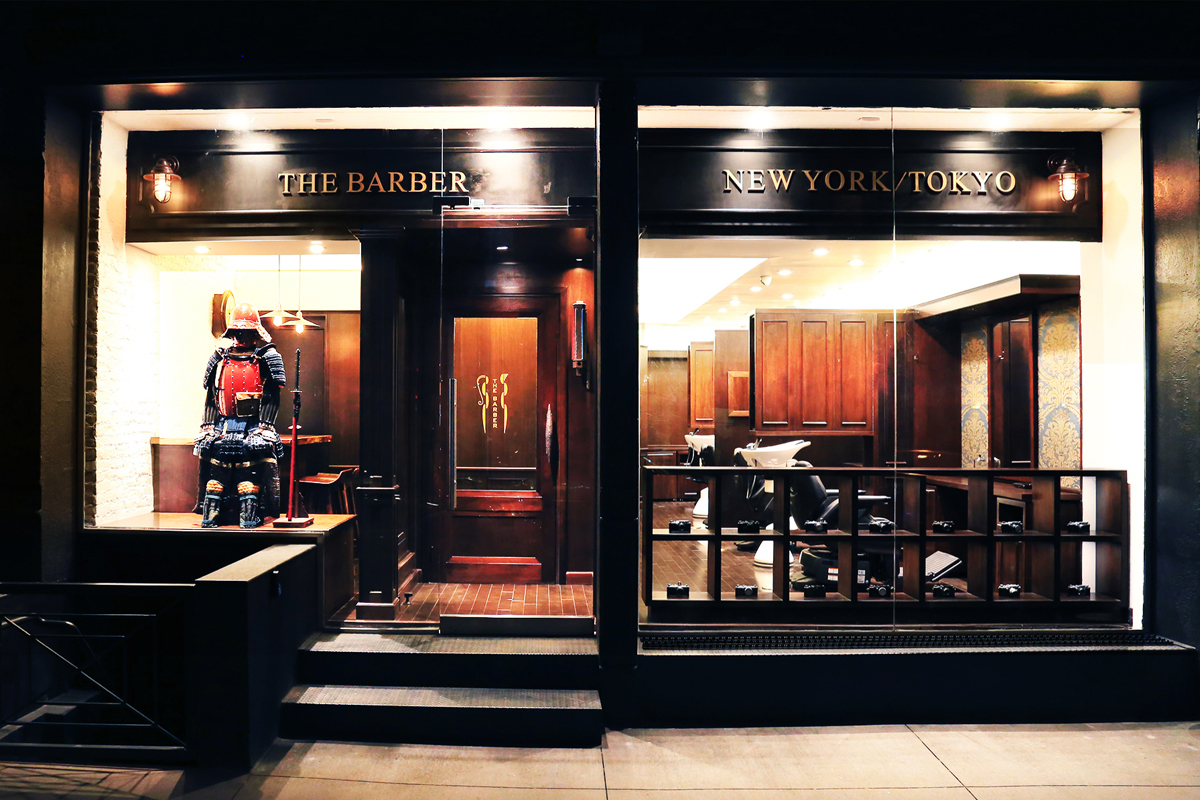Assuring Client Welfare Via Efficient Safety and Safety Guidelines throughout the Barbering Field
Assuring Client Welfare Via Efficient Safety and Safety Guidelines throughout the Barbering Field
Blog Article
The hair grooming industry plays a significant role in personal grooming and self-care. However, it is essential to prioritize the health and safety of both clients and barbers in this environment. Robust sanitation and safety regulations are crucial for maintaining hygiene standards, preventing accidents, and ensuring a positive experience for everyone involved. By adhering to these guidelines, professionals can establish a safe environment that encourages confidence and ease among clients.
One key component of health and safety in barbering is cleanliness. Stylists must comply with rigorous hygiene protocols, including frequent cleaning of tools and stations. This involves disinfecting scissors, trimmers, and brushes after every use to remove the possibility of spreading germs or infections. Additionally, professionals should use sanitized capes and towels for each client to maintain a hygienic setting. Applying these practices not only protects clients but also enhances the credibility of the grooming business.
An additional important requirement addresses the safe management of chemicals used in hair treatments. Products such as hair dyes, relaxers, and other formulations can pose hazards if not handled properly. Stylists must adhere to protective guidelines for the storage and application of these chemicals to prevent skin irritations or sensitivities among customers. Using protective gear and ensuring adequate ventilation during treatments are crucial measures that professionals should implement to protect customer well-being while offering high-standard care.
Injury avoidance is also a vital component of wellness and security requirements in grooming. Salons should be arranged with precaution in mind, reducing dangers such as wet surfaces or disorganized areas. Staff should be educated useful reference in response protocols, including how to manage lacerations or thermal injuries that may happen during treatment. Supplying medical supplies and confirming that all team personnel know their placements is an effective way to anticipate unexpected events. By prioritizing safety measures, barbers can create an environment where clients feel secure and cared for.
Finally, effective communication is essential to supporting customer safety in the grooming profession. Stylists should engage with clients about their needs and any possible concerns linked to the treatments provided. This involves reviewing sensitivities to chemicals or prior negative experiences reported by individuals. By encouraging honest dialogue, barbers can build trust with their clients while ensuring that they receive personalized attention tailored to their individual requirements. Ultimately, prioritizing wellness and protection standards will result in enhanced client satisfaction see and a thriving barbering practice.